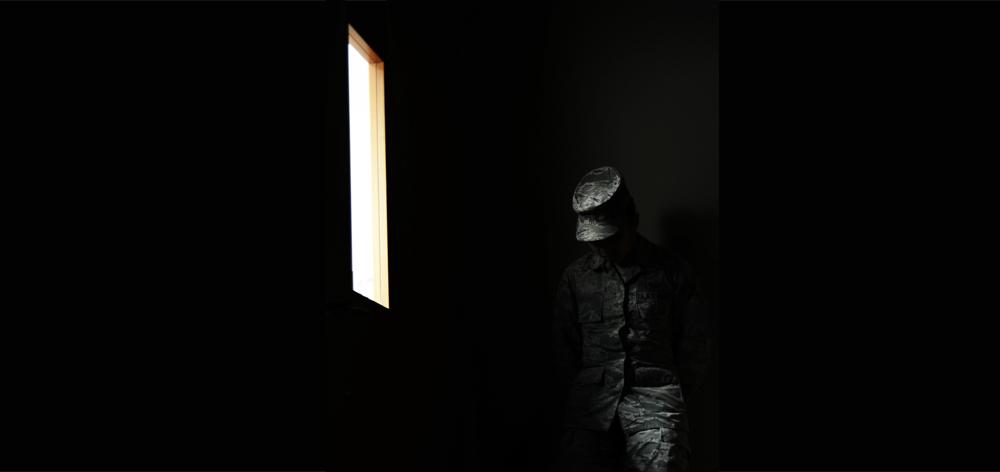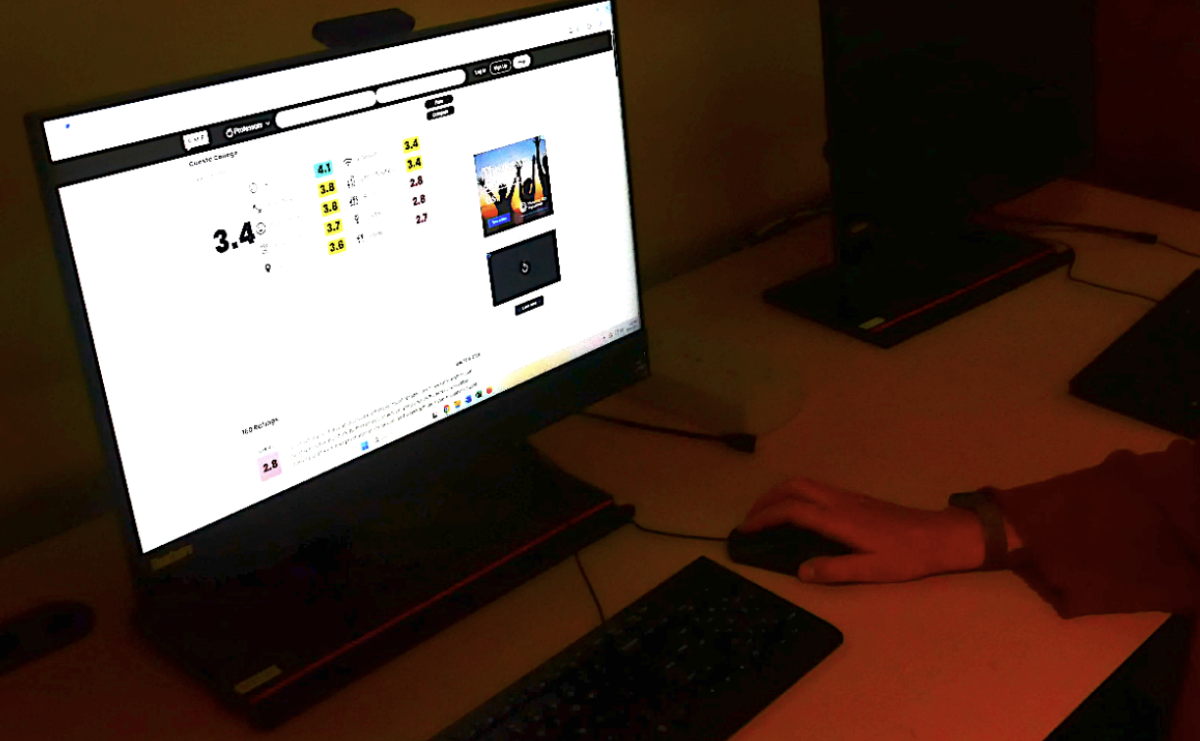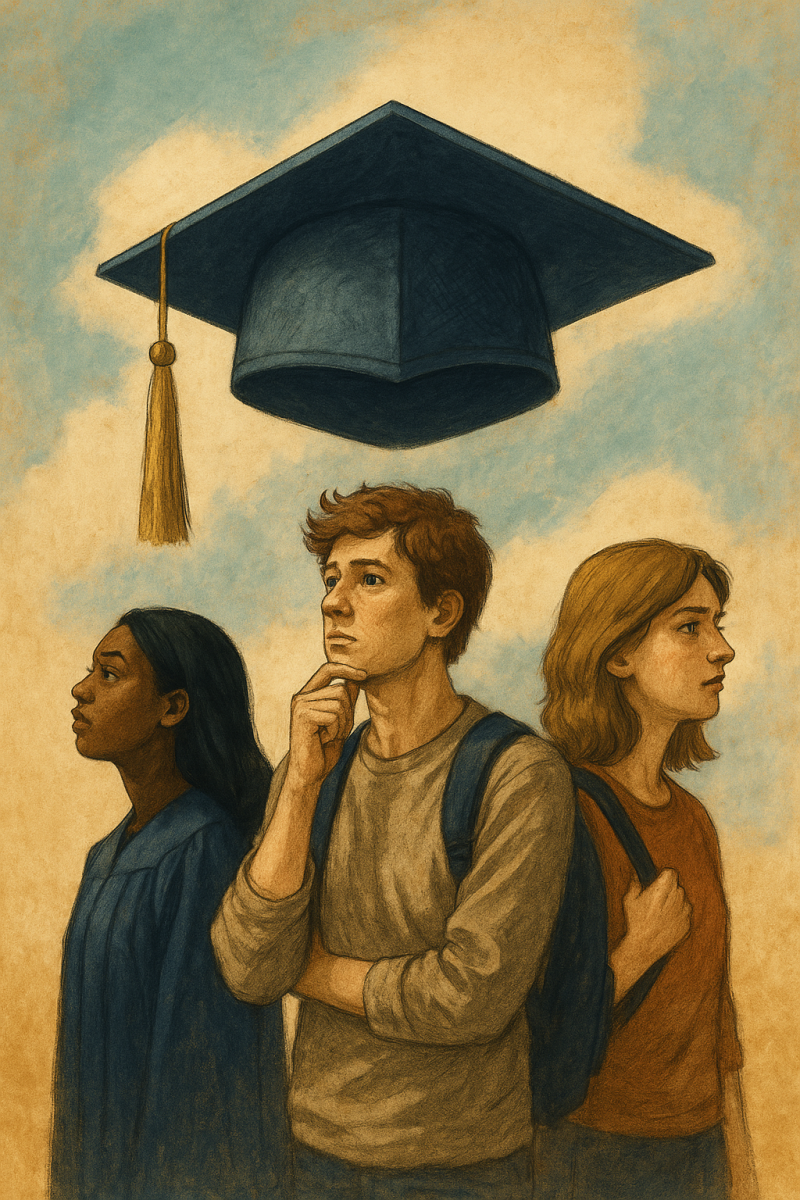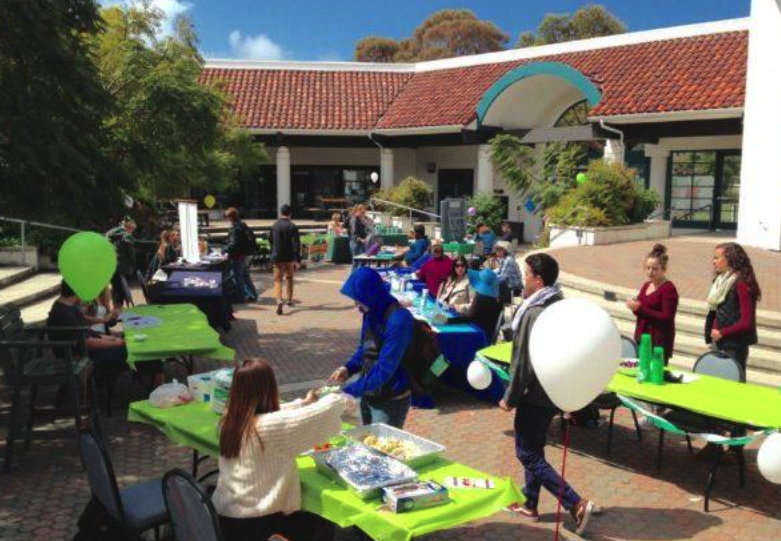A condition known as seasonal affective disorder, or SAD, affects mood changes on a seasonal basis and for most, it begins in the winter months.
Photo courtesy of Airman Ryan Conroy /Â U.S. Air Force
By Lindsay Darbyshire
Features Editor
During the holiday season, it is not unusual for students to experience the familiar pricks of anxiety or bouts of blues brought on by the dreariness of being cooped up inside on rainy days.
However, feelings of depression, low energy, sleeping problems, and loss of interest in activities may be the symptoms of a more serious condition, according to the Mayo Clinic, an organization that researches and treats health ailments and diseases.
“Affective disorders can be any disorder characterized by excessive and unpleasant emotion,†said Brent LaMon, a psychology professor and the Division Chair of Social Sciences at Cuesta College. “When we refer to Seasonal Affective Disorder. it’s actually a mild form of depression.â€
Seasonal affective disorder affects around 10 million Americans, with women being four times more likely than men to experience symptoms, according to Psychology Today. It is also estimated that people with Seasonal Affective Disorder begin showing signs between the ages of 18 and 30.
Seasonal Affective Disorder was first studied in high latitude countries in the north, such as Scandinavia, Sweden, and Norway, said LaMon, who has a PhD in biological psychology and mostly works in the areas of neuroscience and animal behavior.
“It was observed that when they go into the winter… and the days get very, very short… people were more prone to depression,†said LaMon, who has taught at Cuesta since 1999.
Signs and symptoms of Seasonal Affective Disorder include general malaise, having low motivation to take part in activities, feelings of unhappiness, and signs of mild depression, LaMon said. These symptoms coincide with the long nights of winter and having less time in sunlight.
People who work the night shift may also be more susceptible to Seasonal Affective disorder, according to LaMon. For example, nurses who work the graveyard shift may have more problems dealing with depression than those who work the day shifts.
Treatments for Seasonal Affective Disorder include light therapy, medications and psychotherapy, according to the Mayo Clinic.
“Students should be aware that there are benefits beyond the fact that we enjoy being outside in the day,†LaMon said.
“Sometimes being your own therapist and prescribing yourself that you need to take a walk everyday and to be outside…can help them feel better if they are feeling a little depressed and down.â€





















